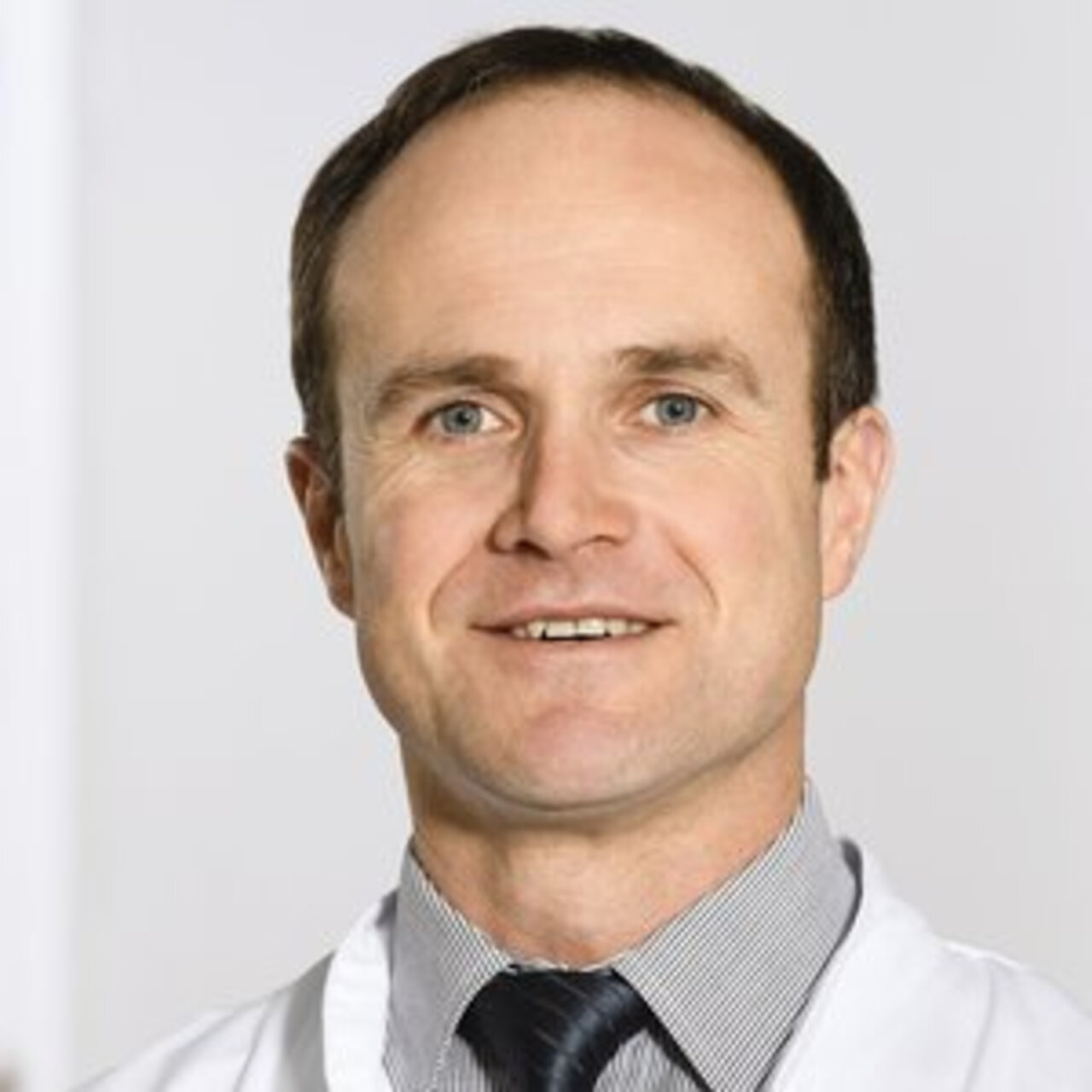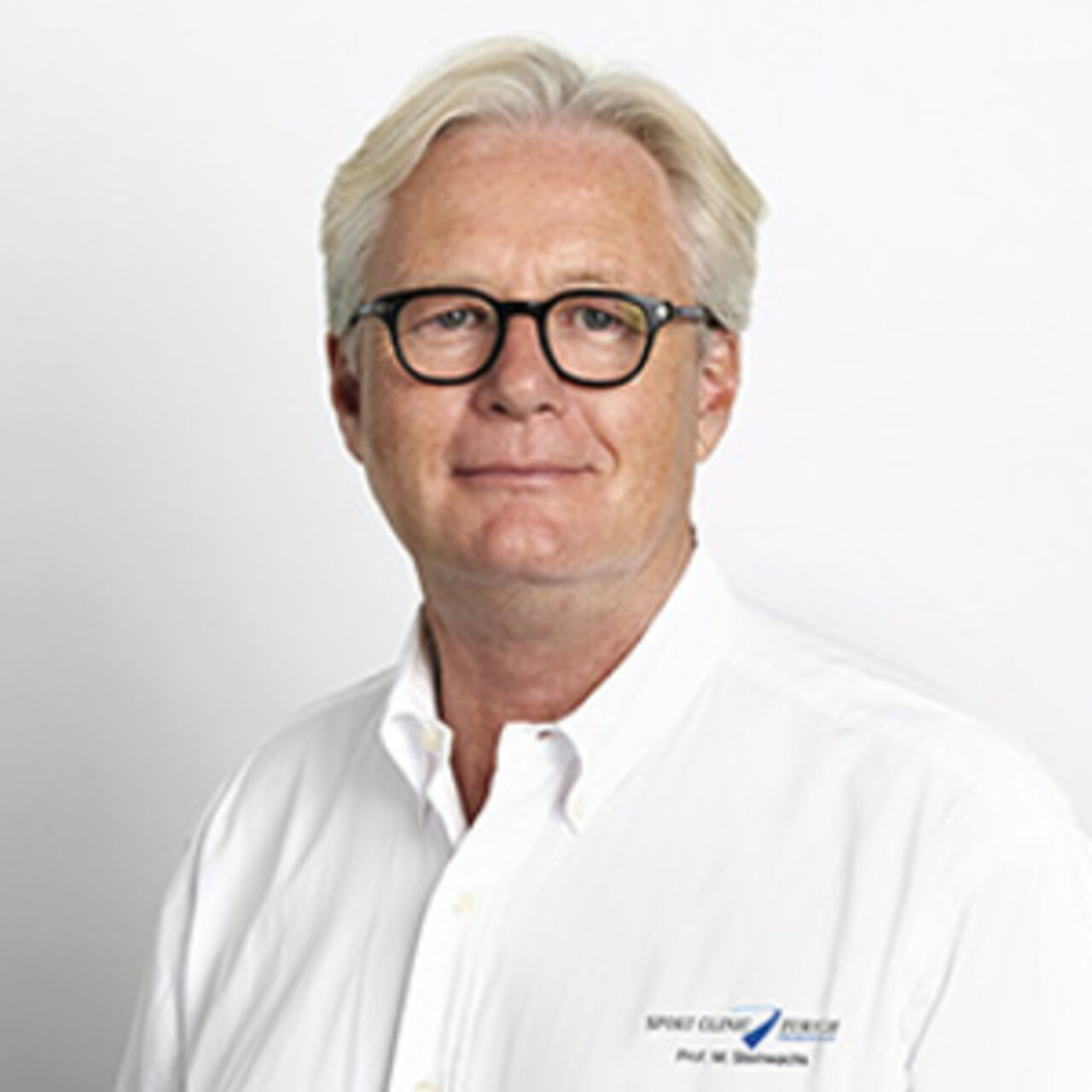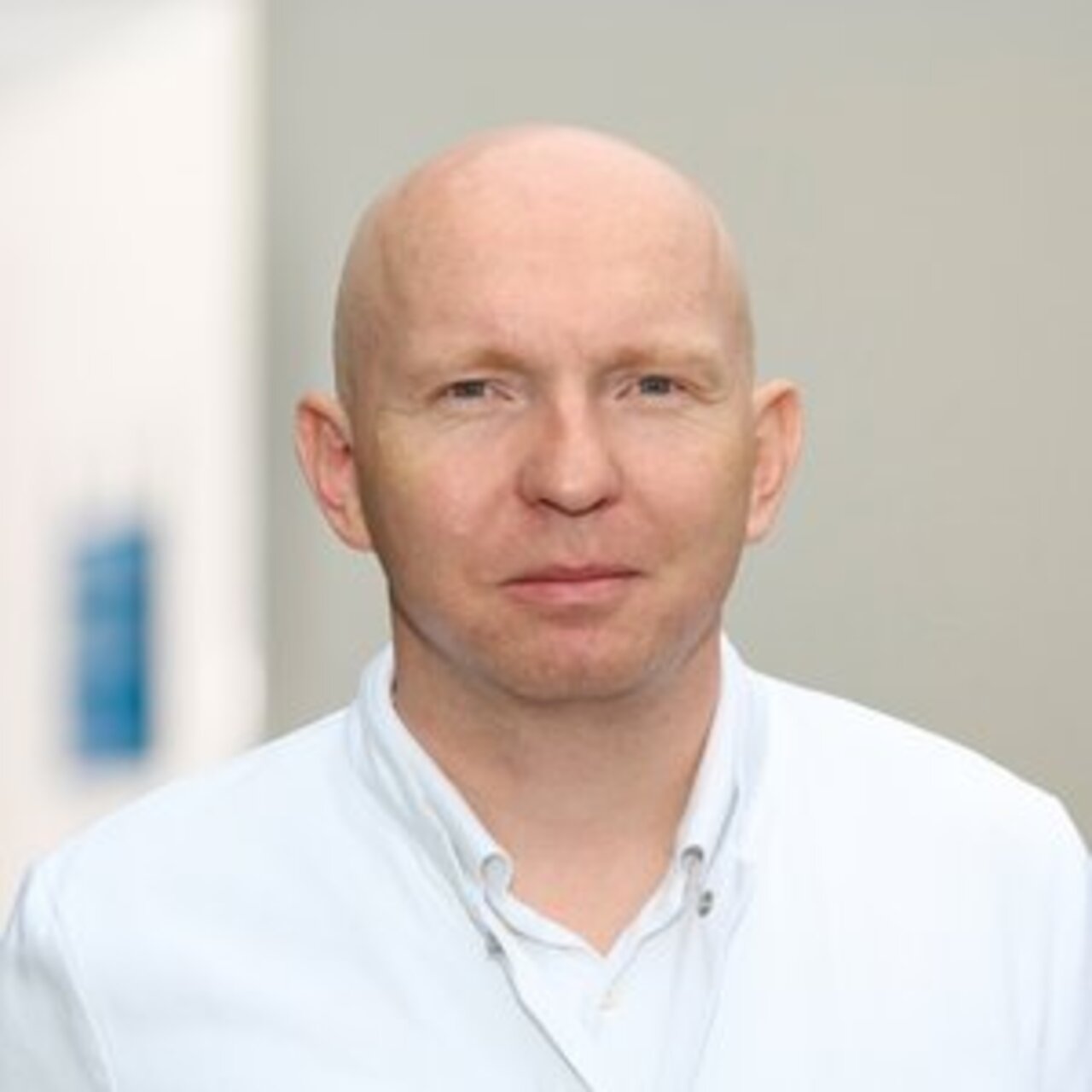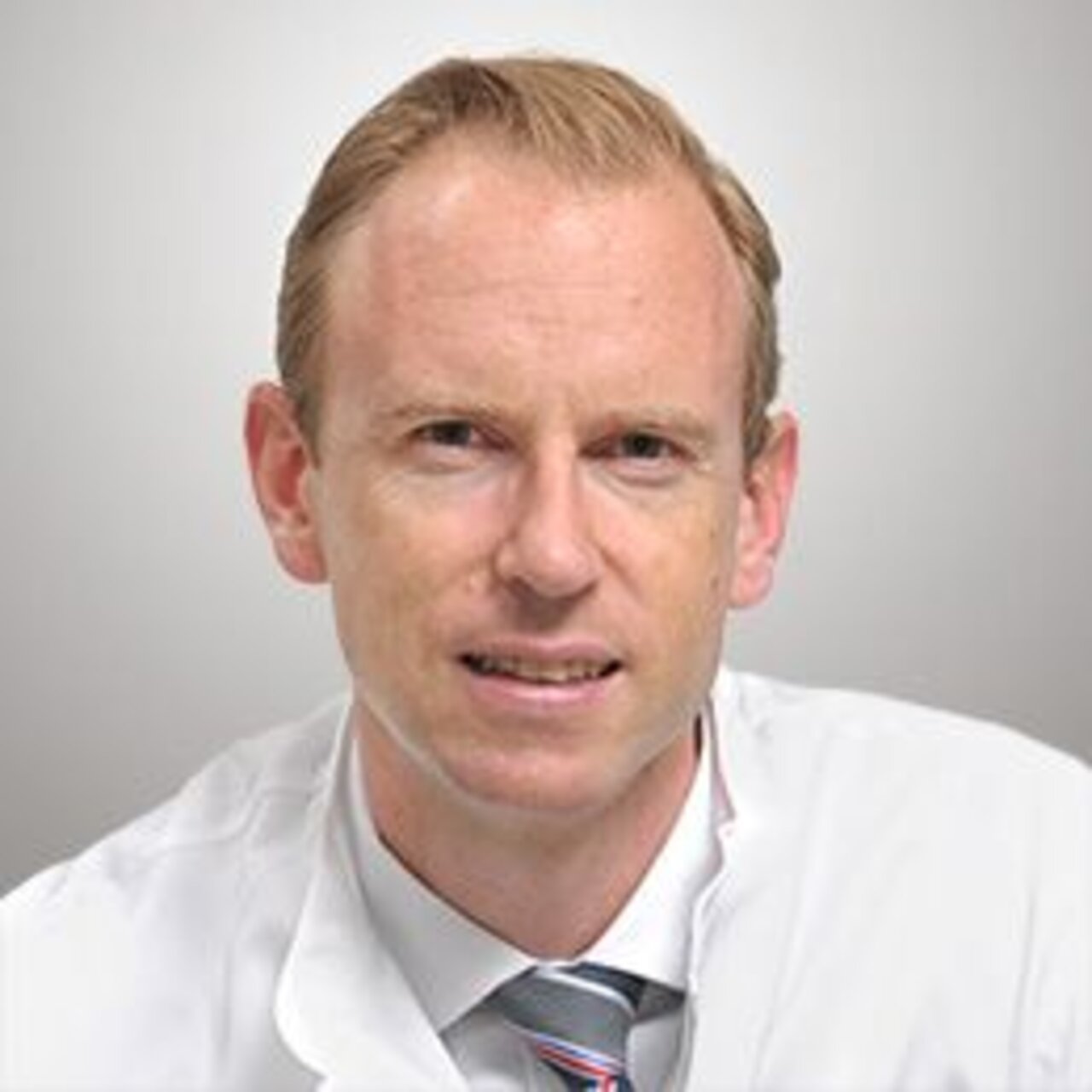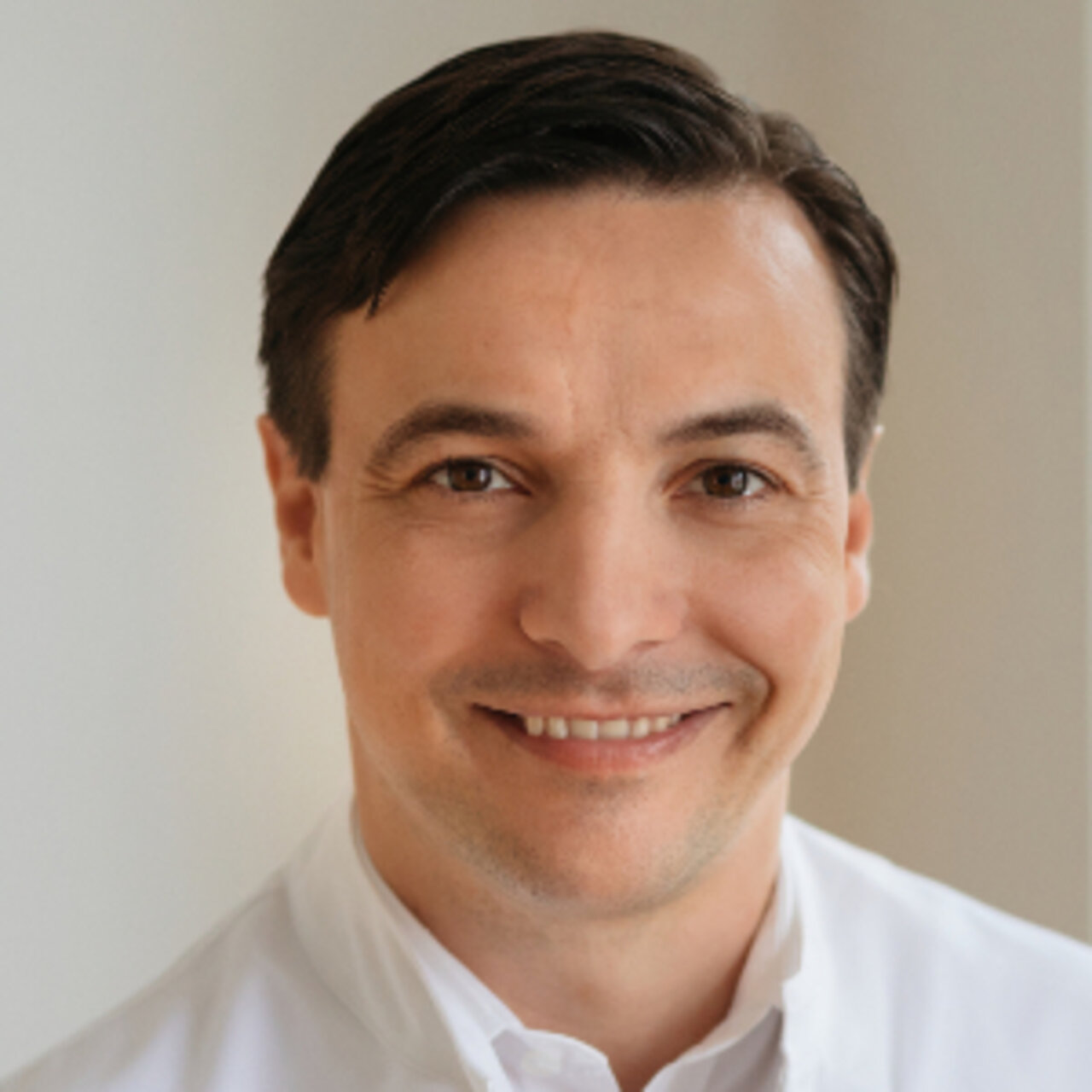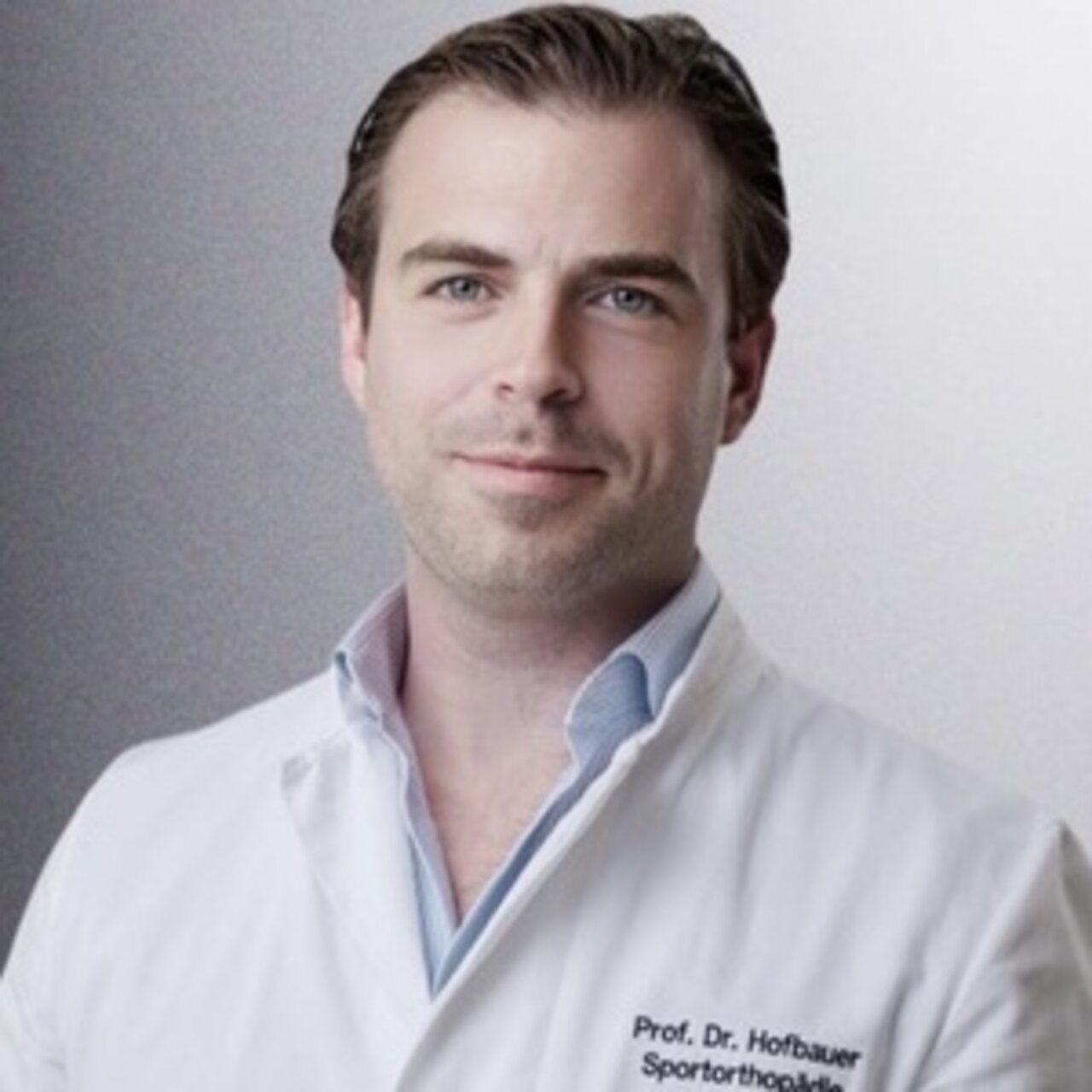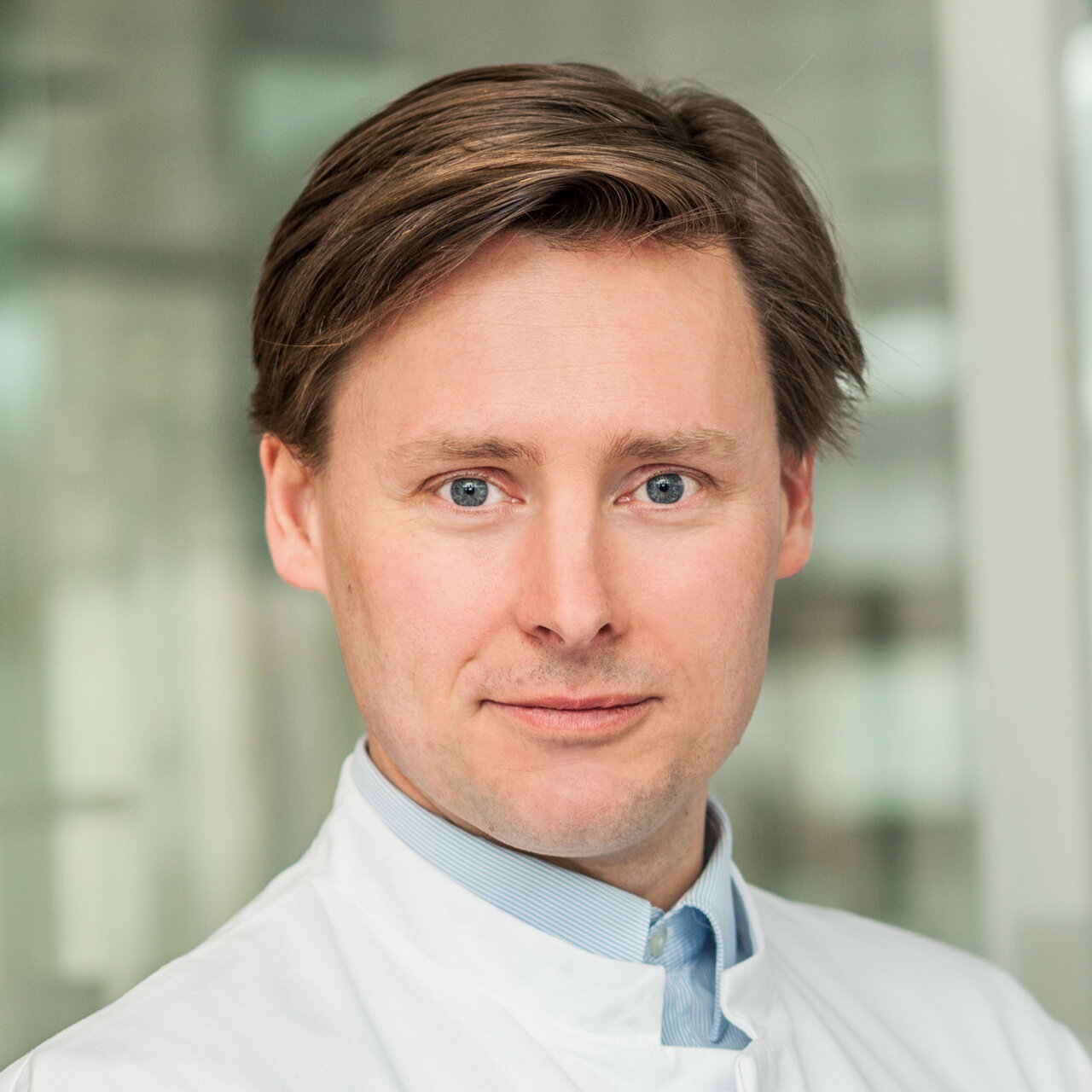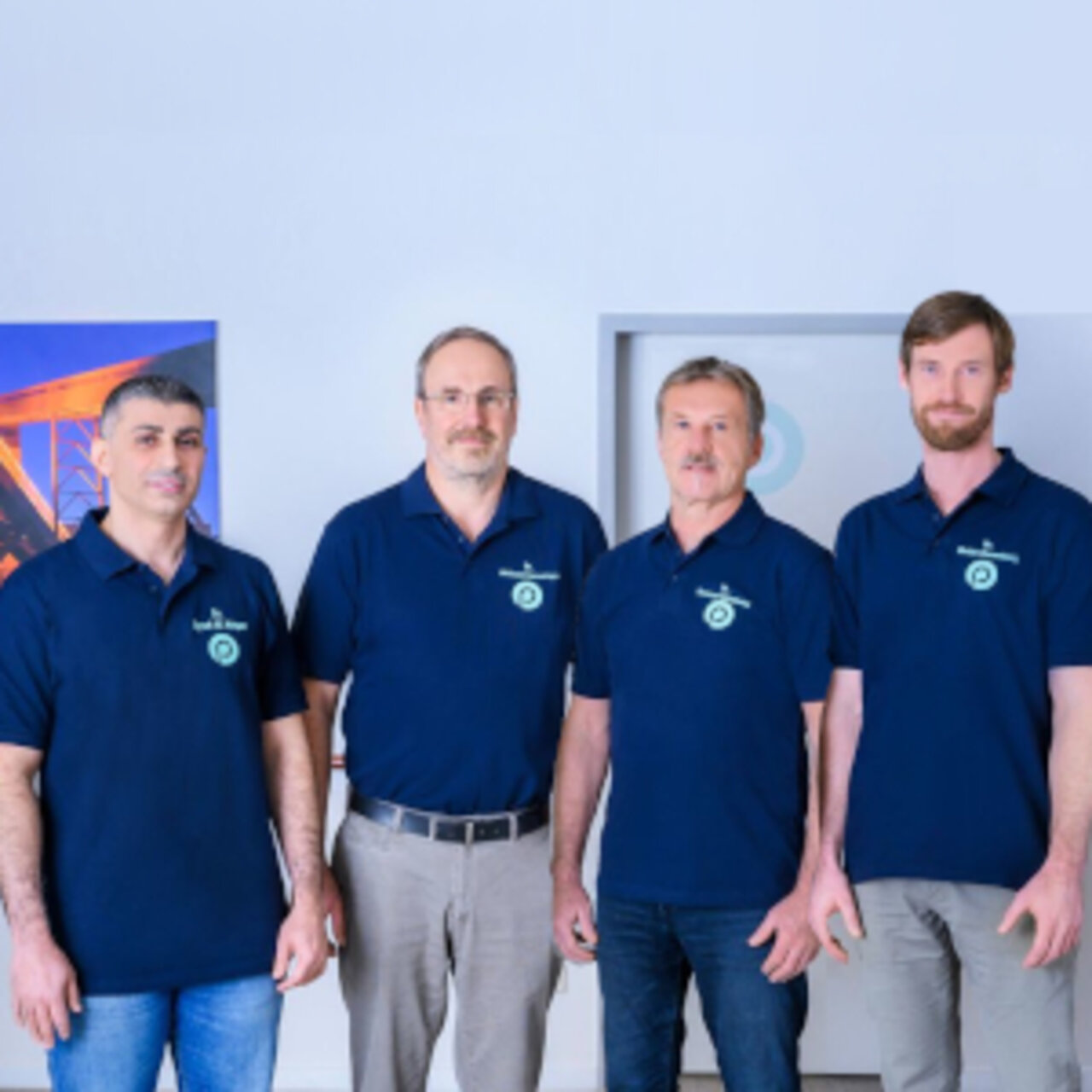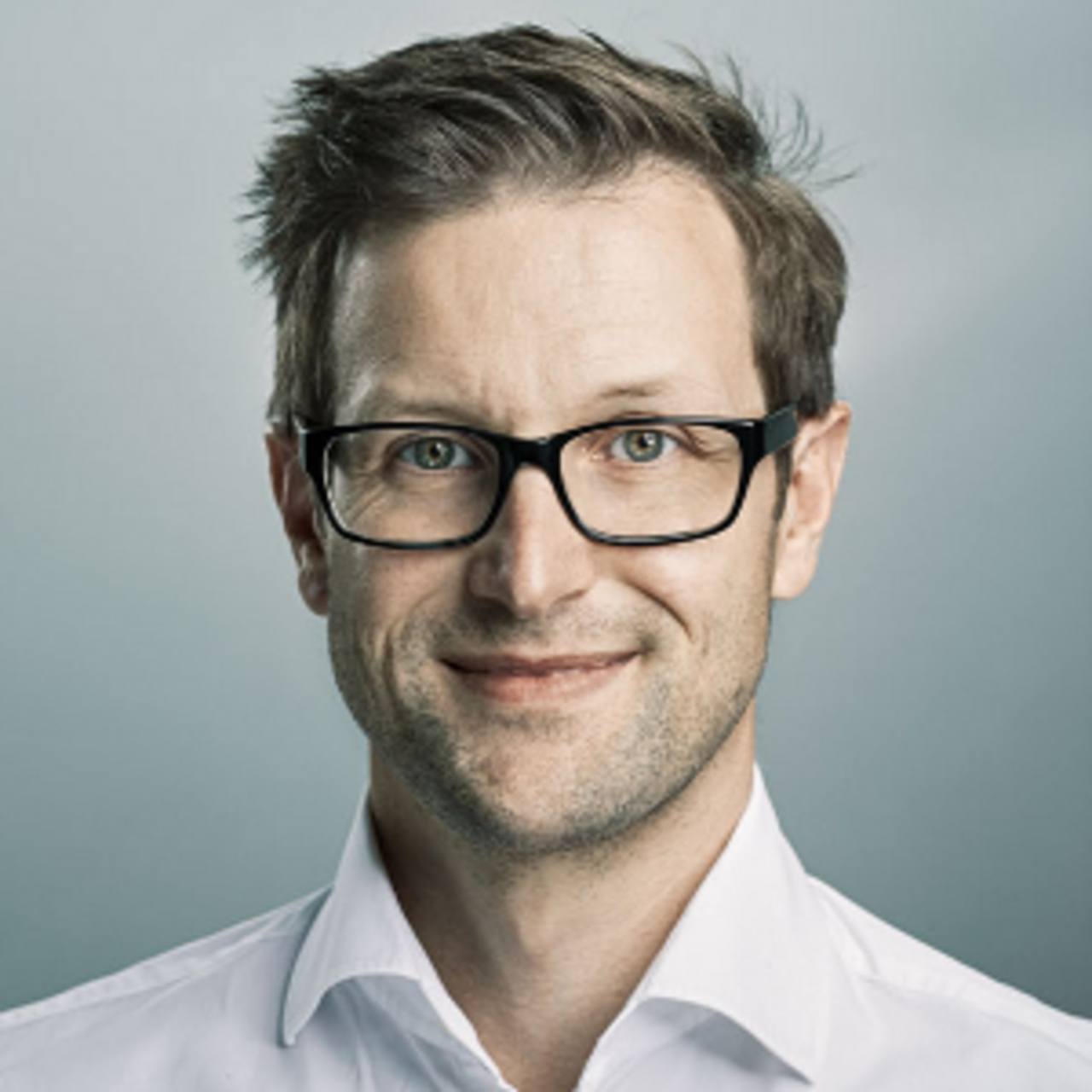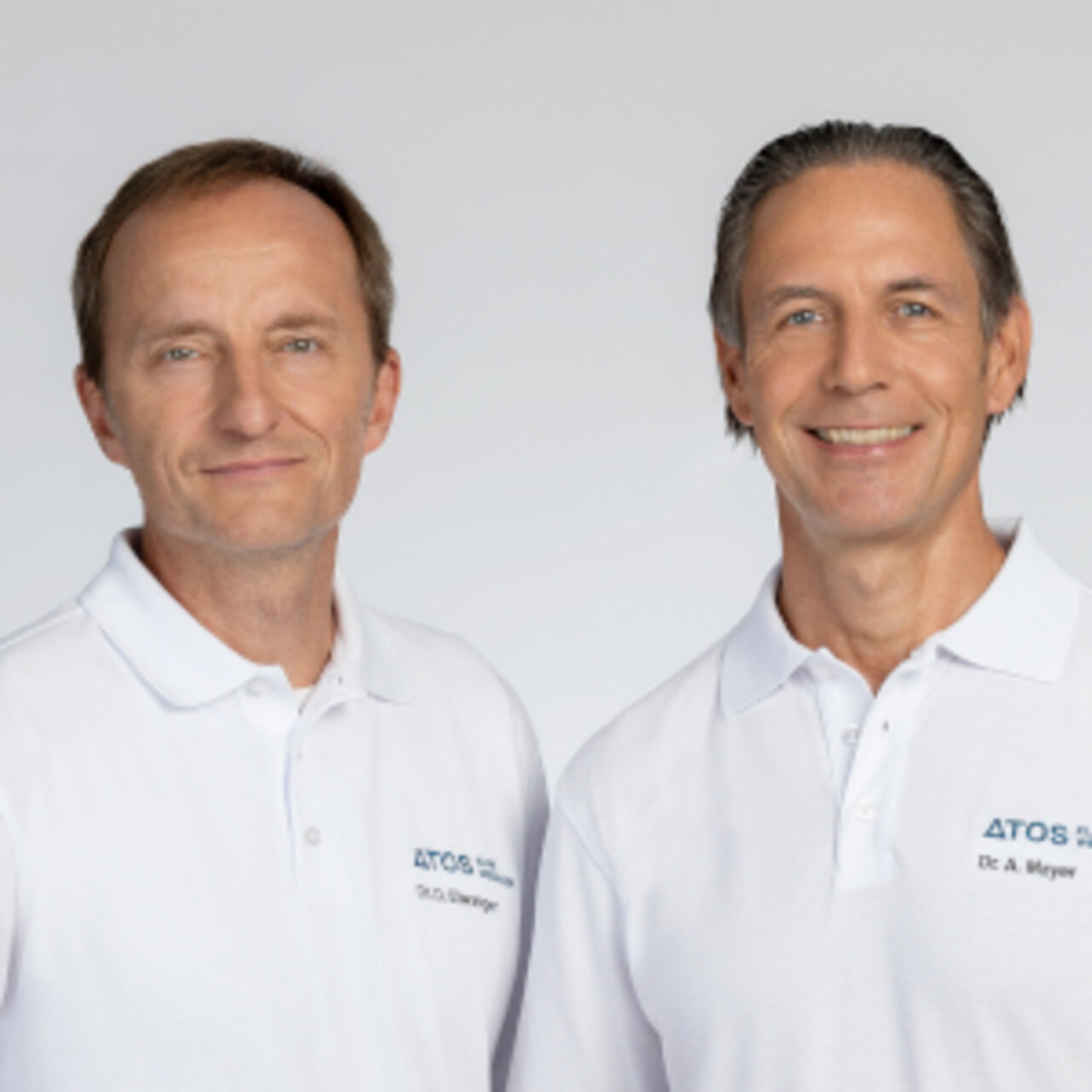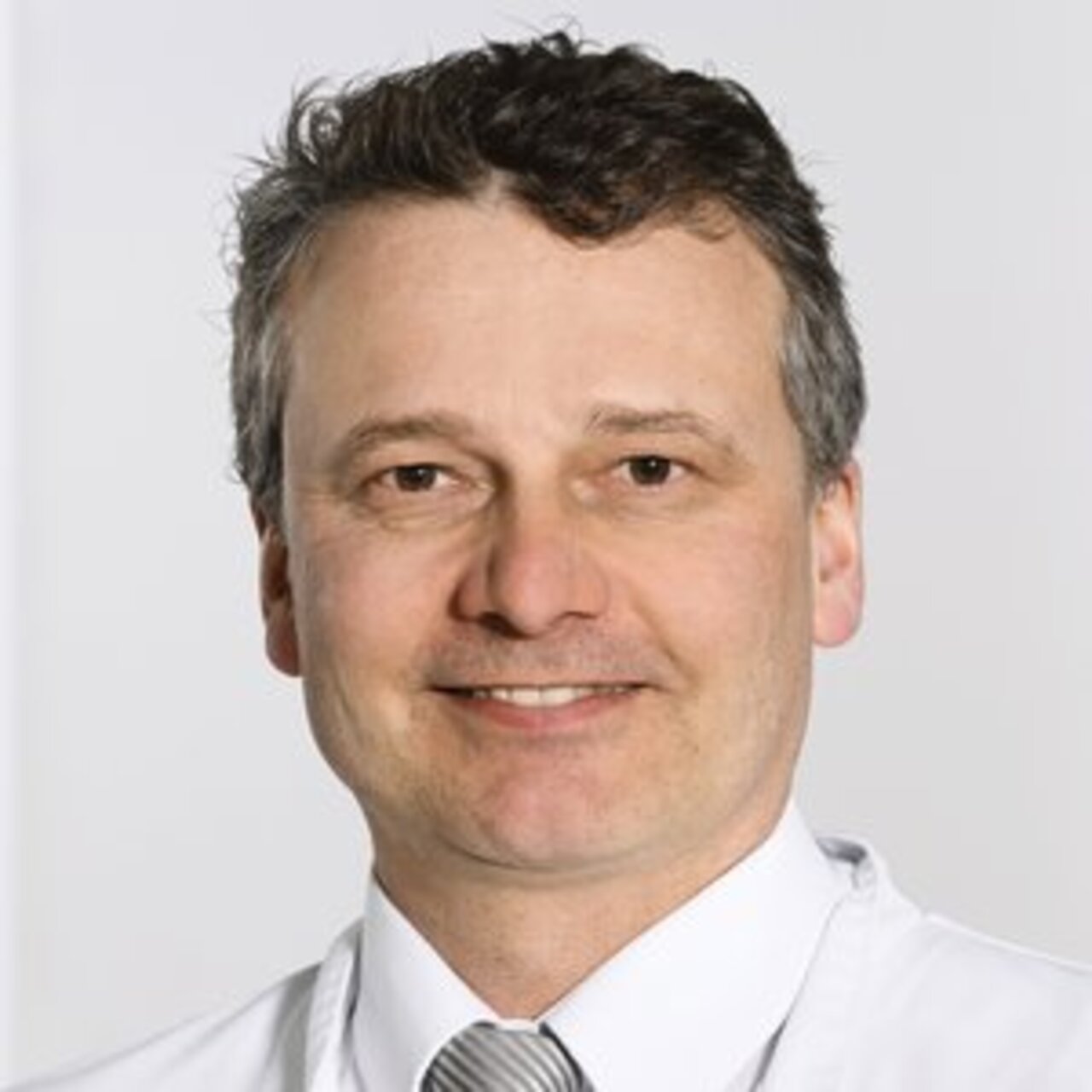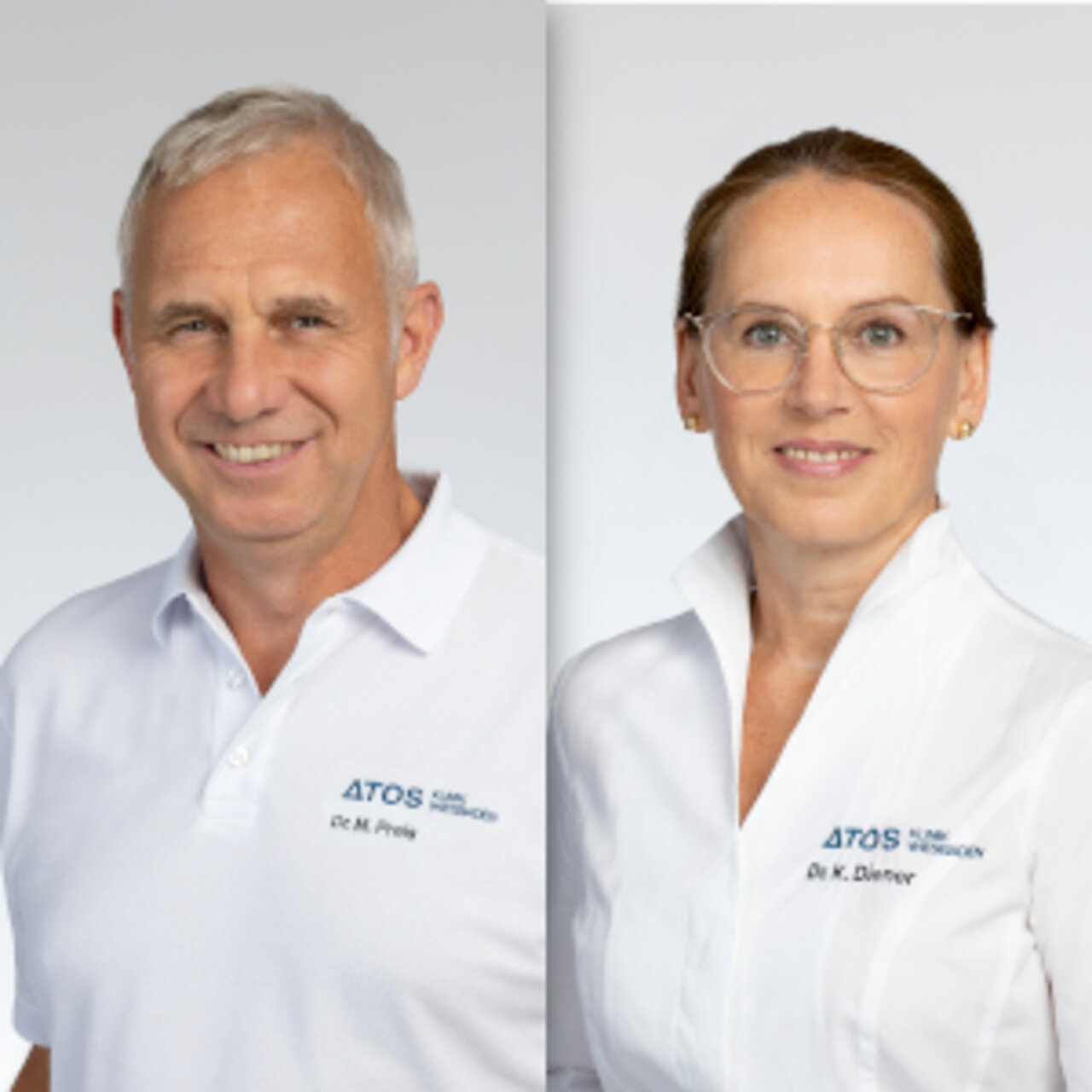Specialists in Osteoarthritis
20 Specialists found
Information About the Field of Osteoarthritis
What is Osteoarthritis?
Our joints enable us to move freely. Running, hopping, grasping, turning our heads - all this is, among other things, thanks to our joints. The bones in the joint surface area are covered with cartilage and surrounded by synovial fluid (synovia) to ensure an ideal pressure load and pressure distribution. Besides, the joints are stabilized by ligaments and moved with the help of muscles.
If excessive joint wear occurs, it is called osteoarthritis. Degenerative joint wear caused by osteoarthritis is the most common disease of joints in older age. 20% of the population show signs of osteoarthritis in hip joints and knee joints. Approximately half of these people complain about discomfort.
Cartilage defects lead to a complete reduction of the cartilage over time without treatment, which leads to poor transmission and stress on the bones, which now rub against each other. Over time, this leads to the mortification of bone areas (bone necrosis) and a collapse destroying the entire joint area.
What Causes Osteoarthritis?
Primary, osteoarthritis is partly genetic. Often, however, the causes are unknown. Women are affected four times more often than men. Secondary arthrosis occurs due to accidents, deformities, obesity (adiposity), heavy and one-sided physical loads, and rheumatic diseases.
What are the Symptoms of Osteoarthritis?
In the beginning, the orthopedist speaks of silent osteoarthritis. At this stage, the first signs of joint wear are already present but do not cause any symptoms, followed by activated (inflamed) osteoarthritis with acute pain.
The joint is often overheated, swollen and painful to pressure. Pain occurs mainly at the beginning (start-up pain), with overload (fatigue pain), and with strain, whereby the pain can radiate into the adjacent joints.
Later, the pain also occurs at night or permanently and is associated with muscle pain, restricted movement, and grinding in the joint.
In the further course, it comes to chronic arthrosis with deformation and instability of the joint, muscle degradation and shortening, and malposition of the affected joints.
Which Joints Can Be Affected by Osteoarthritis?
Basically, any joint can wear out. Some joints are more at risk of becoming diseased than others due to the permanent application of force. The most common joint osteoarthritis is found in the following parts of the body:
- Osteoarthritis of the hip
- Knee osteoarthritis
- Shoulder Osteoarthritis
- Osteoarthritis of the foot and ankle
- Osteoarthritis of the finger joints
- Osteoarthritis of the thumb saddle joint
- Spondylarthrosis (osteoarthritis of the spine)
How Is Osteoarthritis Diagnosed?
In the beginning, the orthopedist asks in detail about the symptoms, possible causes, type, and duration of the complaints, followed by a physical examination regarding the function and painfulness of the joints. The joint effusion may be visible on ultrasound. The diagnosis is confirmed by specific changes in the X-ray or MRI. Narrowing of the joint space, cavities in the bones (cysts), bone projections, and the joint's deformities can be seen on the images. In most cases, radiological and physical signs do not correlate. Only half of the patients with radiologically visible changes also complain of physical symptoms.
How Is Osteoarthritis Treated?
The goal is to delay or stop the disease's progression from making it painless while improving the arthritic joint's function. To put a less physical load on the joints, weight loss, wearing buffered shoes, and sports without a heavy physical load on the joint are advised.
Physical therapy and physiotherapy are also helpful. Thermal treatment or cryotherapy, water gymnastics, and muscle training can stop osteoarthritis.
To control the pain, the osteoarthritis specialist has various pain medications at his disposal, which are usually advisable at the beginning of therapy. It allows a painless start to physical activity. In orthopedic technology, special insoles or buffered shoes can be fitted to relieve the joints.
In some cases, joint-improving surgical intervention is also advisable. In the early stages, the orthopedist can perform cartilage transplants later, an artificial joint replacement or joint-preserving surgery.
Prognosis of Osteoarthritis
Osteoarthritis cannot be cured. But, there are many successful ways to stop joint wear for a long time, or if necessary, to install an artificial joint that is only slightly inferior to the original in strength and movement.
Sources:
http://www.arthrose.de/arthrose/was-ist-arthrose.html
Grifka, Joachim (2011): Orthopädie und Unfallchirurgie. Für Praxis, Klinik und Facharztprüfung; mit 155 Tabellen. Berlin [u.a.]: Springer.
Winker, Karl-Heinrich (2011): Facharzt Orthopädie Unfallchirurgie. Munich: Urban & Fischer.
Herold, Gerd: Innere Medizin. Köln, Eigenverlag 2012.
